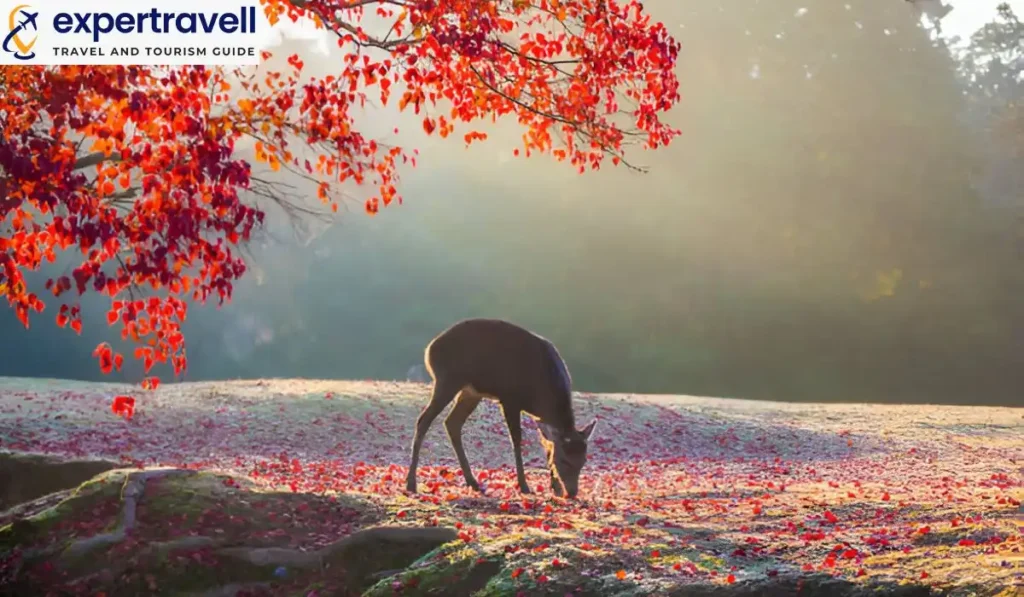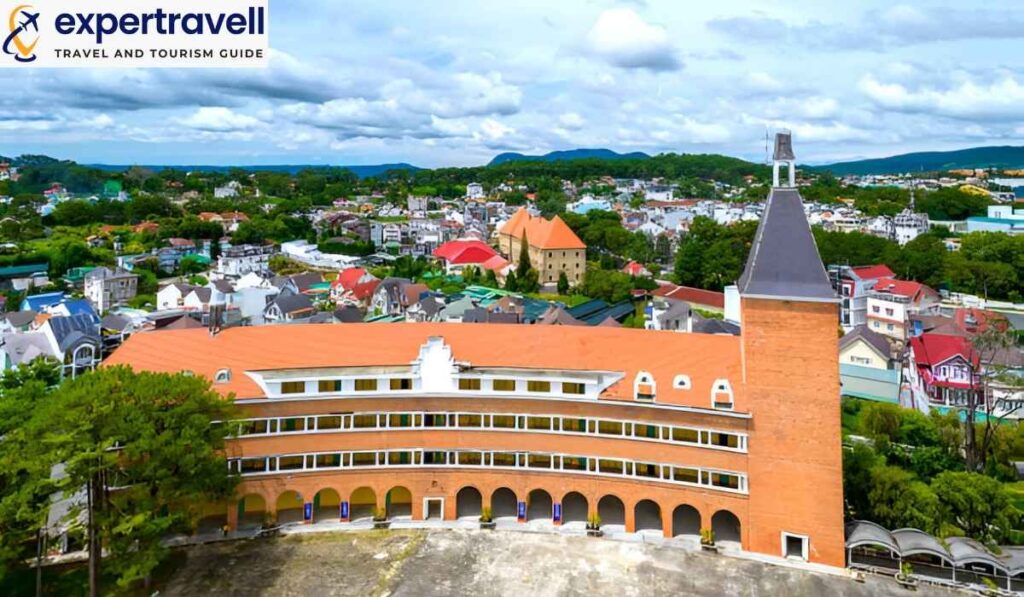Nara’s deer park is a must-see spot in Japan. Hundreds of deer roam free in this park. The deer are tame and friendly to people. Visitors can buy crackers to feed the deer. The deer will bow to ask for food. This cute behaviour makes them popular with tourists. Many people take pictures with the deer. The park is easy to get to from Nara Station—it’s just a short walk away. The park is free to enter, allowing visitors to enjoy the charming deer alongside the old temples. After experiencing the beauty of Nara, those looking for more adventures might consider visiting Amsterdam, Netherlands.
Nara Itinerary Overview & Map
Nara, Japan’s first permanent capital, offers a rich blend of history and nature. A day trip to Nara allows visitors to explore its main attractions efficiently. The city’s layout is compact, making it easy to navigate on foot. Most key sites are located within Nara Park, a large green space in the city centre.
Key stops on a Nara itinerary include:
- Todaiji Temple (Great Buddha Hall)
- Kasuga Taisha Shrine
- Kofuku-ji Temple
- Nara Park (to see the deer)
- Isuien Garden
You can begin your visit by arriving at either Kintetsu-Nara or JR Nara Station. From here, it’s a brief stroll to Nara Park and all the park has to offer. Train rides from Kyoto/Osaka to Nara take around 45 minutes. Kintetsu is quicker; the Japan Rail Pass covers JR. A typical day in Nara might start at Todaiji Temple with a wander through grassy parkland to pet and feed freely roaming deer. Lunch can be enjoyed in the shopping streets nearby. The afternoon allows visitors to venture off to Kasuga Taisha Shrine and Kofuku-ji Temple. Capping the day of peace can be a stroll around Isuien Garden.
Best Time To Visit Nara Park
Nara Park offers unique experiences year-round, with cherry blossoms in spring and colourful foliage in autumn. Visitor numbers and weather conditions vary throughout the seasons.
Seasonal Guide
Spring brings cherry blossoms to Nara Park, usually from late March to early April. The park becomes a sea of pink, attracting many visitors. Summer can be hot and humid, but the lush greenery provides shade. The deer are active and friendly during this time. Autumn transforms Nara Park with vibrant foliage. From mid-November to early December, the trees display stunning red and gold hues. Winter offers a serene atmosphere with fewer crowds. Some deer may approach visitors for food on colder days.
Avoiding Crowds
Early mornings, before 9 AM, are ideal for a peaceful experience in Nara Park. This allows visitors to enjoy the park before tour groups arrive. Weekdays are generally less crowded than weekends. Visitors can explore the park and feed the deer with more space. To avoid peak crowds, plan visits outside of Japanese holidays and school breaks. These times often see an influx of domestic tourists. Consider visiting in late autumn or early spring for pleasant weather and moderate crowd levels.
How To Get To Nara From Osaka Or Kyoto
Nara is easy to reach from both Osaka and Kyoto by train. The journey takes about an hour from either city and trains run frequently throughout the day.
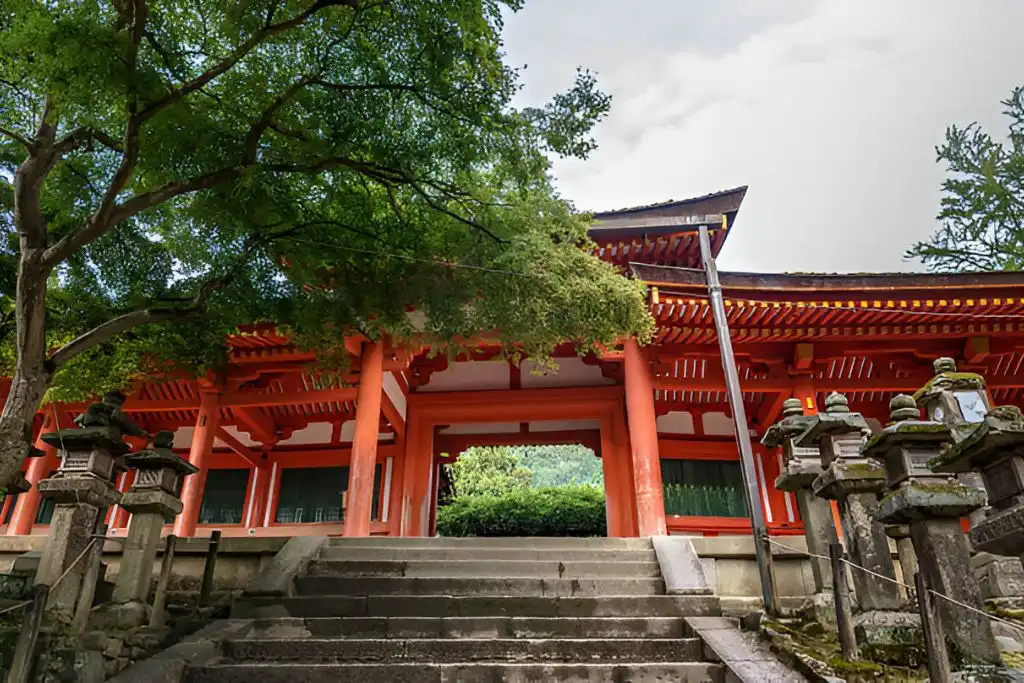
Nara Day Trip From Kyoto By Train
To get to Nara from Kyoto, take the JR Nara Line from Kyoto Station. The trip takes around 45 minutes and costs about 710 yen. Trains leave every 30 minutes. Another option is the Kintetsu Line from Kyoto Station. This route is slightly faster, taking 35-40 minutes, but costs more at 1,130 yen. Kintetsu trains are more comfortable and run more often. Both train lines arrive close to Nara Park. From either station, it’s a short walk to the park entrance.
Nara Day Trip From Osaka By Train
BEST ROUTE FROM OSAKA: KINTETSU-NARA LINE You may take the train from Namba Station to Kintetsu-Nara Station (35-45 mins.) Nara Park is just a few stops away from this station. The fare is about 560 yen. It is relatively simple to plan your trip since trains run every twenty minutes. JR: The service is also available from Osaka Station to JR Nara Station. The journey will take approximately 50 minutes and will cost you 800 yen. Trains run every 30 minutes. Both Nara stations are close to the park, and it only takes a few minutes by walking or bus.
Is It Safe to Interact with the Deer?
The deer in Nara Park are generally peaceful, but visitors should be cautious. These animals are wild and may act unpredictable. Feeding the deer is allowed and can be fun. Visitors can buy special crackers called “shika senbei” to give them. When offering food, bow slightly—the deer might bow back!
Some important rules to follow:
- Don’t tease or provoke the deer
- Keep food hidden until ready to feed
- Avoid touching fawns or getting too close
- Don’t leave small children unattended
The deer can become aggressive if they smell food. They might headbutt or bite to get treats. It’s best to give them space if they seem agitated. Littering is strictly forbidden. Deer may eat garbage and get sick. Plastic bags have caused deer deaths in the past. Visitors should respect the deer as sacred animals. They are an important part of Nara’s culture and history. With proper caution and respect, interacting with Nara’s deer can be a safe and memorable experience.
Full-Day Nara Itinerary: Exploring Nara’s Key Attractions
Nara offers a perfect blend of natural beauty, ancient temples, and unique wildlife experiences. This itinerary covers the city’s main highlights, allowing visitors to make the most of their day trip.
Arriving In Nara
Travellers can reach Nara easily by train from Kyoto or Osaka. The journey takes about 45 minutes to an hour. Upon arrival at Nara Station, visitors can purchase a 1-day bus pass for convenient transportation around the city.
Start the day early to maximise time for exploring. The first stop is just a short walk from the station.
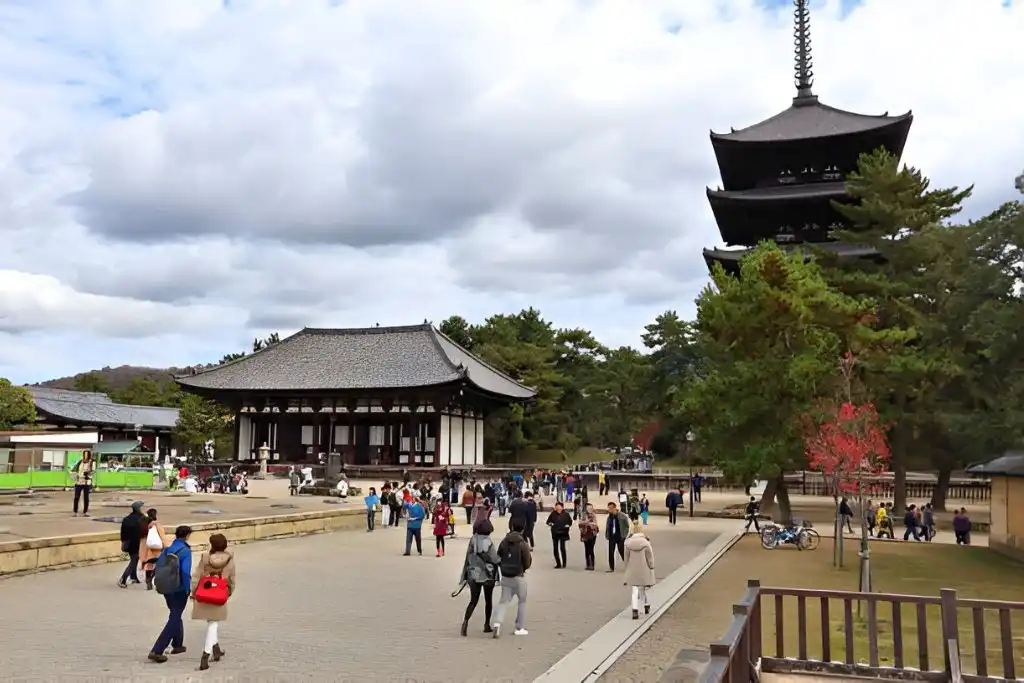
Visit Kofuku-Ji Temple
Kofuku-Ji Temple, founded in 710 AD, is one of Nara’s oldest Buddhist temples. Its five-story pagoda is a striking landmark.
Key features to see:
- Five-story pagoda
- Eastern Golden Hall
- Central Golden Hall
The temple grounds are free to enter, but some buildings have small entrance fees.
Wander Through Isuien Garden
Next, head to Isuien Garden, a peaceful oasis near Kofuku-Ji. This traditional Japanese garden dates back to the 17th century.
The garden’s name means “garden founded on water.” It features:
- Carefully manicured landscapes
- Tranquil ponds
- Tea houses
Allow about an hour to fully appreciate the garden’s beauty and serenity.
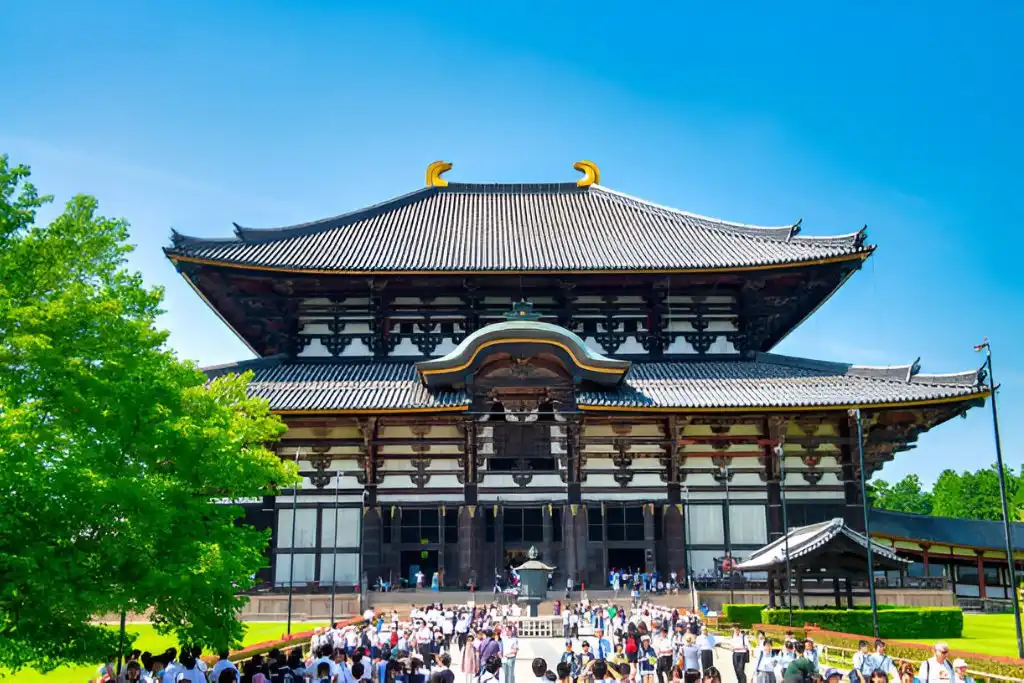
Visit Todai-Ji Temple: A UNESCO World Heritage Site
Todai-Ji Temple is a must-see attraction in Nara. This UNESCO World Heritage site houses the world’s largest bronze Buddha statue, showcasing the incredible artistry of Japanese craftsmanship. If you appreciate stunning religious architecture, you might also be interested in exploring Wat Sam Phran, another remarkable temple known for its unique design.
Key points:
- Enormous wooden temple building
- 15-meter tall bronze Buddha statue
- Nandaimon Gate guarded by two fierce-looking statues
Visitors can try squeezing through a hole in one of the wooden pillars, said to grant enlightenment.
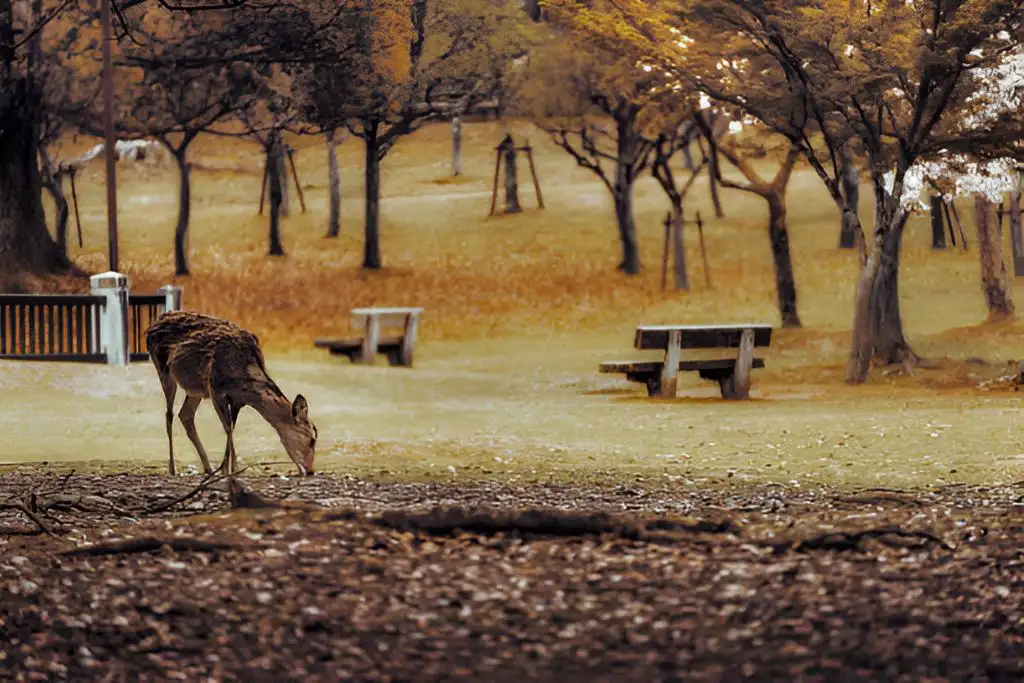
Explore Nara Deer Park And Mt. Wakakusa
Nara Park is home to over 1,000 free-roaming deer, considered sacred messengers of the gods. Visitors can purchase special crackers to feed the deer.
Things to do:
- Feed and interact with friendly deer
- Take photos with the deer
- Hike up Mt. Wakakusa for panoramic views (if time allows)
Remember to bow to the deer—they often bow back!
Visit Kasuga-Taisha Shrine
Kasuga-Taisha is a beautiful Shinto shrine known for its many stone and bronze lanterns. The shrine’s vermilion pillars and bright orange roof create a striking contrast with the surrounding greenery.
Highlights:
- Hundreds of hanging lanterns
- Scenic forest setting
- Deer freely roaming the grounds
The shrine is particularly beautiful during festivals when all lanterns are lit.
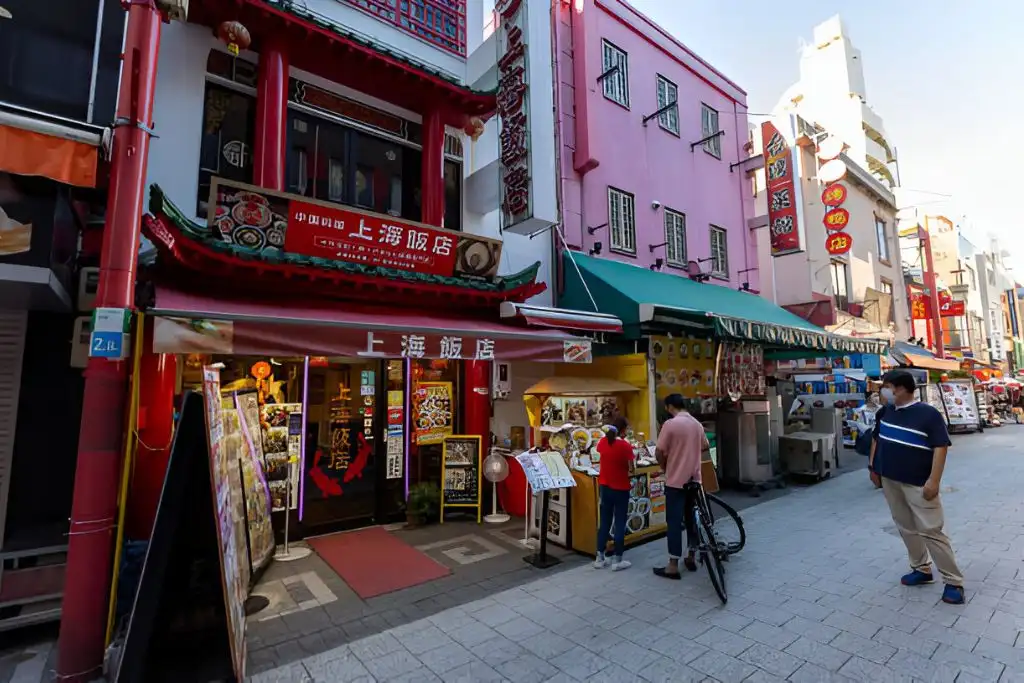
Shop And Dine On Higashimuki Shopping Street
End the day at Higashimuki Shopping Street, a covered arcade near Nara Station. This lively area offers a variety of shops, restaurants, and cafes.
Things to do:
- Try local specialties like kakinoha-zushi (persimmon leaf sushi)
- Shop for souvenirs
- Relax at a cafe or restaurant
It’s a perfect place to unwind and reflect on the day’s adventures before heading back to your accommodation or departing Nara.
Special Experiences In Nara
Nara offers unique encounters with its friendly deer population and rich cultural heritage. Visitors can enjoy close interactions with the animals while learning about Japanese history and traditions.
Deer Interaction Tips
Nara Park is home to over 1,200 free-roaming deer. These animals are considered sacred messengers of the gods. Visitors can buy special deer crackers called’shika senbei’ from vendors throughout the park. Just as the deer hold a special place in Nara, the waters of Kauai offer a chance to see amazing wildlife. Don’t miss the opportunity to see sea turtles in Kauai when you’re planning your travels.
When feeding deer:
- Hold crackers with both hands
- Bow slightly to encourage deer to bow back
- Keep crackers hidden until ready to feed
- Don’t tease deer with food
Be careful with personal belongings. Deer may try to eat maps or clothing. Always treat the deer gently and with respect.
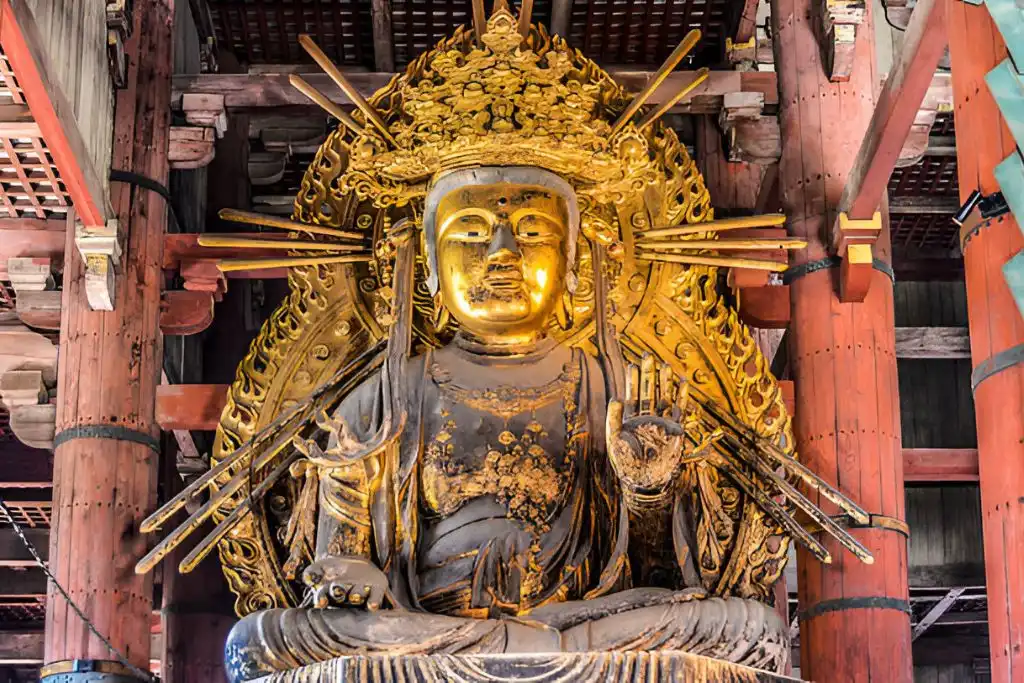
Cultural Insights
Nara was Japan’s first permanent capital. It’s home to many important cultural sites. The Todaiji Temple houses a giant bronze Buddha statue. It’s one of the largest wooden buildings in the world. Visitors can try on traditional kimonos at rental shops near Nara Park. This gives a taste of Japanese culture. Many temples offer calligraphy or meditation experiences.
Local food specialties include:
- Kakinoha-zushi (persimmon leaf sushi)
- Narazuke (pickled vegetables)
- Chagayu (tea-flavored rice porridge)
Sustainability And Responsible Tourism
It includes protecting their deer and cultural sites in Nara. These efforts depend on visitors. You have the option of Only feeding deer clear crackers. Human food and litter are a definite NO. Keep to established paths when visiting temples and shrines. 63 It helps protect those ancient structures. Opt to take part in a guided tour highlighting conservation efforts. Isuien Garden < The traditional Japanese garden employs emissions-free sustainable gardening practices from source to table. This means visitors can use those methods themselves. It is time to support your local craftsmen and businesses. It will be very important for Nara’s traditional crafts and economy. Opt for walking or hiring a bicycle to travel through the city and use eco-friendly modes of transportation.
More Than Just Deer: Additional Attractions In Nara
Nara offers a rich tapestry of cultural and historical attractions beyond its famous deer park. Visitors can explore ancient temples, traditional gardens, and fascinating museums that showcase Japan’s heritage.
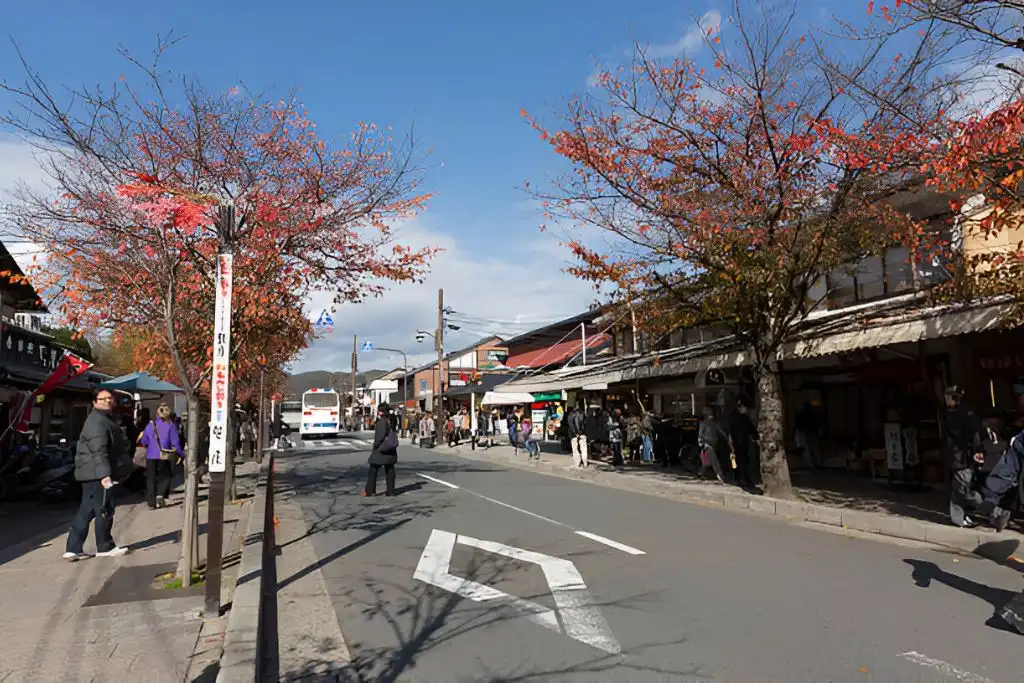
Naramachi District
Naramachi is Nara’s old merchant district. Its narrow streets are lined with well-preserved machiya, traditional Japanese townhouses. Many of these buildings now house shops, cafes, and small museums. Visitors can step back in time as they wander through this charming area. The Naramachi Koshi-no-ie is a restored merchant’s house open to the public. It gives a glimpse into daily life in old Nara. Local crafts like Nara-ningyo dolls and Kakinoha-zushi (persimmon leaf sushi) can be found in the district’s shops.
Isui-En And Yoshiki-En Gardens
These two gardens offer a peaceful retreat from the bustling city. Isui-en is a spacious stroll garden with a central pond. It combines elements from different periods of Japanese garden design. Yoshiki-en showcases three distinct garden styles: a pond garden, a moss garden, and a tea ceremony garden. Both gardens provide stunning views of Todaiji Temple’s Great Buddha Hall. The gardens change with the seasons. Spring brings cherry blossoms, while autumn paints the landscape in vibrant reds and golds.

Nara National Museum
One of the most impressive museums in Nara is The Nara National Museum, which hosts a wealth of Japanese Buddhist art. The exhibition of sculptures, paintings, and archaeological finds is permanent. The museum’s main building is a good example of Meiji-period Western-style architecture. There is also a new wing that features special travel exhibits in rotation. I will also present an annual exhibition of treasures from Todaiji Temple. The room exhibits a selection of Buddhist statues and ritual objects, most seldom brought out. The museum provides English audio guides and a few signs in English so that international guests can fully enjoy what is on display.
Where To Eat And Relax In Nara
Nara offers many great spots to enjoy a meal or take a break. Visitors can find peaceful picnic areas and tasty local restaurants.
Best Picnic Spots In The Park
Nara Park has several nice places for a picnic. The grassy areas near Todaiji Temple are popular with families. Kids can watch the deer while parents relax on a blanket. Another good spot is by Ukimido Pavilion. This area has benches and nice views of the pond. It’s quieter than other parts of the park. For solo travellers, the gardens at Yoshikien are peaceful. Bring a book and snack to enjoy in the calm setting. Remember to clean up after your picnic. Don’t feed human food to the deer. They have special deer crackers for sale in the park.
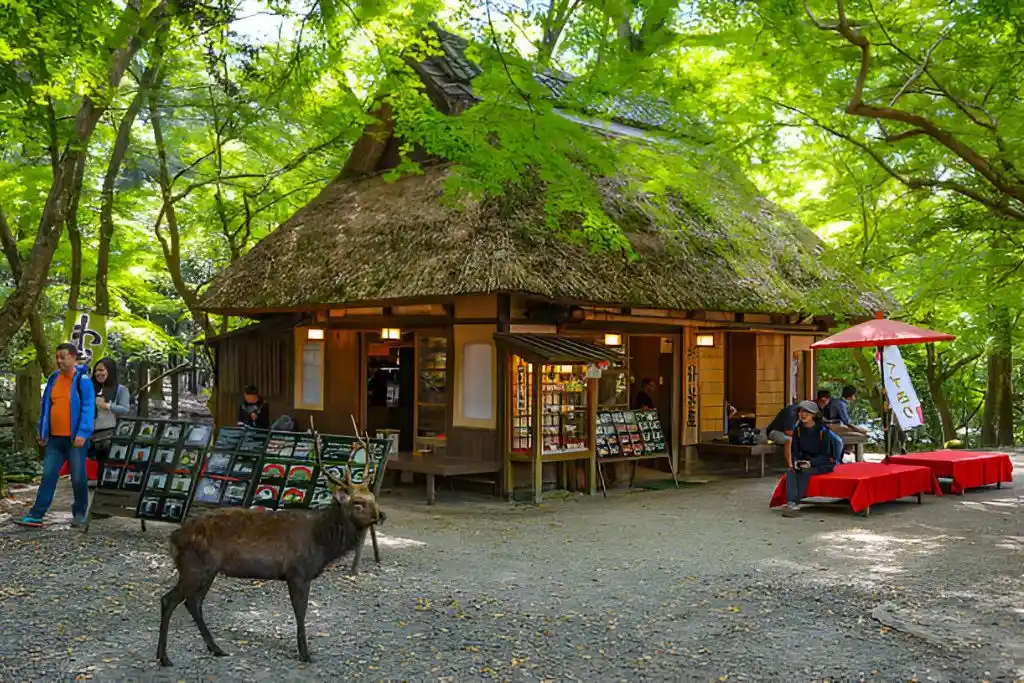
Top Restaurants
Nara has many good places to eat local food. Rokumei Coffee near Nara Station is great for breakfast. They serve tasty coffee and light meals. For lunch, try persimmon leaf sushi. This local dish wraps rice and fish in a persimmon leaf. Izasa is a well-known spot to try it. Kudzu udon is another Nara speciality. Mizuya Chaya serves this clear noodle soup. It’s perfect for a light meal on a hot day. For dinner, Wasabi serves good sushi. It’s popular with both locals and tourists. Make a reservation if you plan to go for dinner.
Where To Stay In Nara (For Those Staying Overnight)
Nara offers many great places to stay for visitors spending the night. The city has options near major attractions and transportation hubs to suit different budgets and preferences.
Recommended Accommodations
Hotels near JR or Kintetsu stations provide easy access for travellers. The Nara Hotel, a historic property, offers luxury rooms with traditional Japanese decor. Budget-conscious visitors can try Guesthouse Nara Backpackers for affordable dormitory-style lodging. For those wanting to be close to Nara Park, the Nara Park Hotel is a great choice. It’s within walking distance of the deer and major temples. The Naramachi area offers a glimpse into old Japan, with traditional machiya houses converted into guesthouses. Families might prefer hotels near Nara Park for easy access to kid-friendly attractions. The Nikko Nara hotel offers spacious rooms and family-friendly amenities.
Is One Day Enough in Nara?
But you can also stop by Nara in Japan for a rich one-day experience on the walk to Kyoto or Osaka. Highlights include the ever-popular deer at Nara Park and historical sites such as Todai-ji Temple and Kofuku-ji. Nara was Japan’s first capital, and with its small size, you could cover it within a day, giving you some insights into this country’s history. Yet, history buffs or anyone looking for a more leisurely pace could get away with staying longer. For most, a well-planned day trip is enough to introduce Nara’s charm and history.
What To Do If You Have More Than One Day In Nara
Beyond the famous deer park, Nara is rich in culture and charm, making every visit worthwhile. Climb Mount Wakakusa for great views, check out Horyu-ji Temple and Japan’s oldest wooden building, or visit Asuka Village, which has ancient burial mounds. The village has museums, craft shops, and the lane of Naramachi, combined with elements in a narrow alley where traditional life is perpetuated as much as possible. It is a slow sightseeing race that will allow you to experience the history and culture of Nara.

Is Nara Worth Visiting?
Japan Guide: Your Travel and Sightseeing Guide to Japan Nara Gardens at Suma-dera Maintenance of Temples NARA (奈艸) is every bit the cultural repository we expect a former capital, some one www.japan-guide.com Nara Park with more than 1200 deer, gives the place a beautiful, magical vibe. The first capital Japan ever had and possesses numerous UNESCO World Heritage Sites, the city is home to Todaiji Temple, which has a large bronze Buddha. Nara is good for nature lovers who want peaceful scenery, but it’s also very compact and doable as part of an easy day trip. Especially if you are near Kyoto or Osaka, Nara is easily accessible by train and is certainly a must-see place for travellers.
Frequently Asked Questions
Nara Deer Park is a popular attraction with many details visitors should know. These answers cover key info about hours, costs, and planning a trip.
What are the opening hours for Nara Deer Park?
Nara Park is open 24 hours a day, every day of the year. Visitors can see deer at any time, but daylight hours are best for interacting with them.
Is there an entrance fee for Nara Deer Park?
Nara Deer Park is free to enter. There is no cost to walk around and see the deer.
How can I purchase tickets to Nara Deer Park?
No tickets are needed to enter Nara Park. Some attractions inside the park, like temples, may have separate fees.
What is the best way to get to Nara Deer Park from Kyoto?
Take a Kintetsu rail line from Kyoto to Nara. The trip takes 30-60 minutes. From Nara Station, it’s a short walk to the park.
How much time should I allocate for a visit to Nara Deer Park?
Plan for 2-3 hours to explore Nara Park. This gives enough time to see the deer and visit a temple or two.
What is the ideal time of day to visit Nara Park for the best experience?
Morning or late afternoon are good times to visit. The deer are active but the crowds are smaller than midday.

